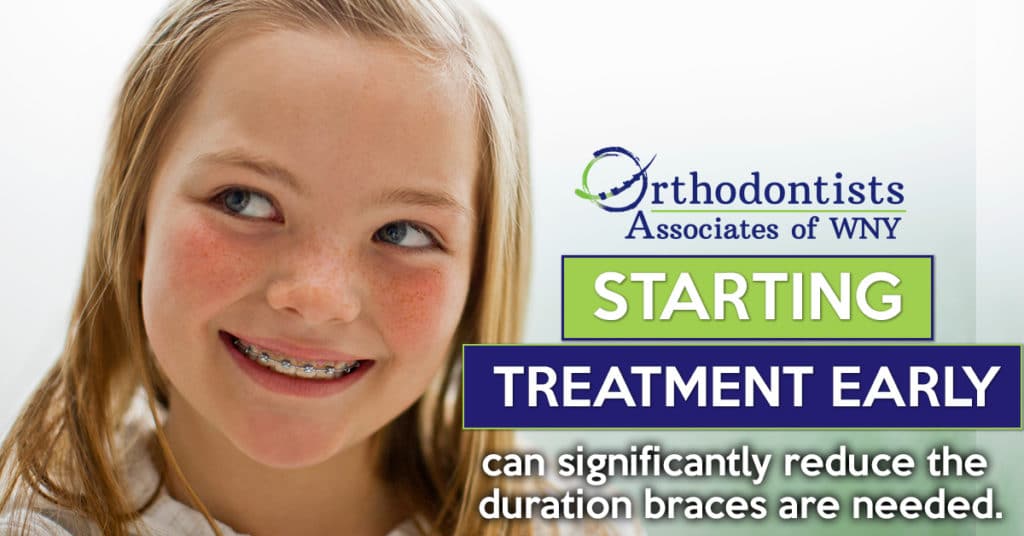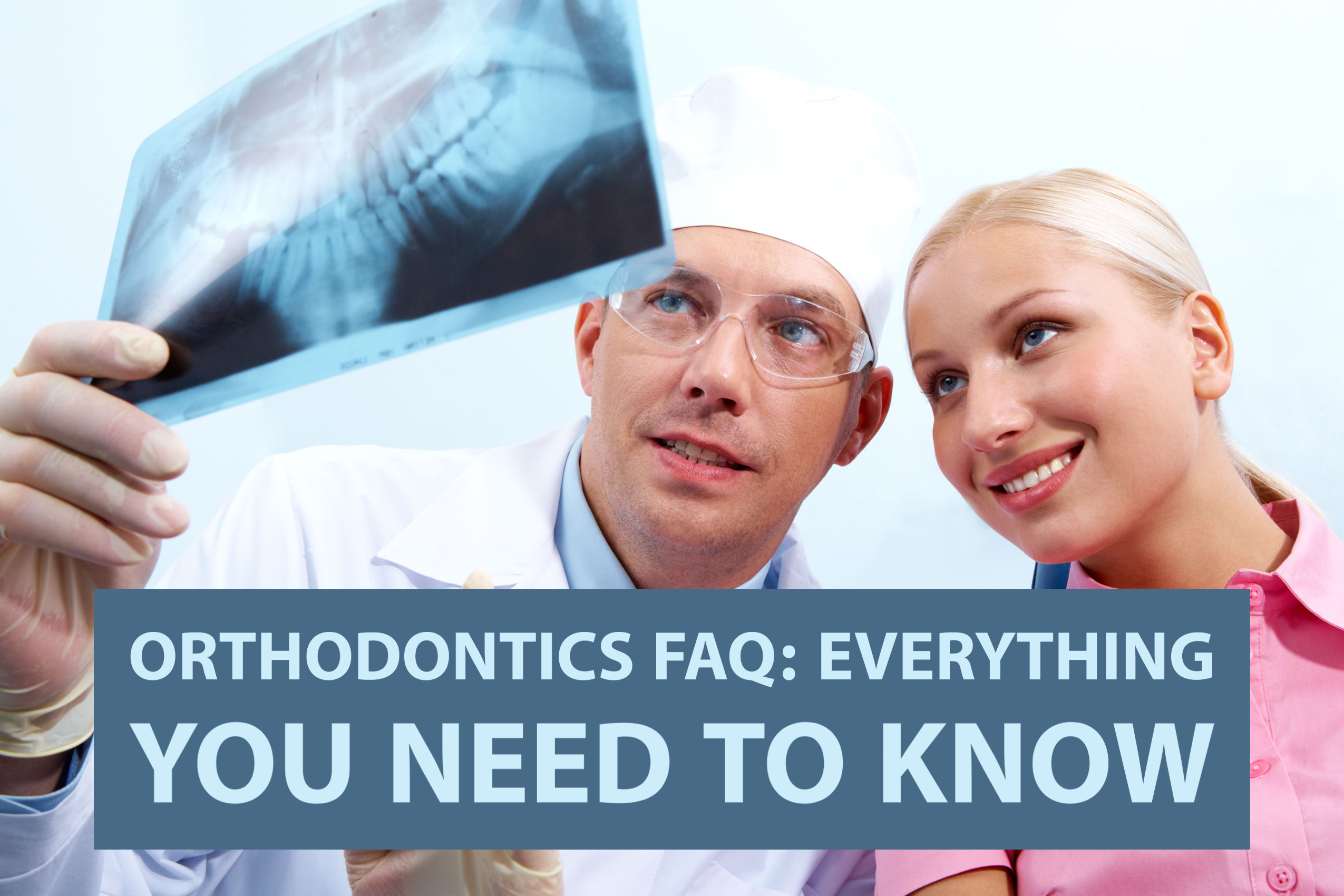The Legacy Orthodontics Ideas
The Legacy Orthodontics Ideas
Blog Article
3 Easy Facts About Legacy Orthodontics Described
Table of ContentsSome Known Details About Legacy Orthodontics The Basic Principles Of Legacy Orthodontics See This Report on Legacy OrthodonticsTop Guidelines Of Legacy OrthodonticsThe 20-Second Trick For Legacy Orthodontics
In addition, we use flexible therapy timetables, flexible repayment options and a fun, enjoyable experience.An orthodontist is a dental expert trained to detect, avoid, and treat teeth and jaw irregularities. They correct existing problems and are trained to identify issues that might develop in the future. Orthodontists collaborate with people of any ages, from children to grownups. Individuals typically link an ideal smile with great health and wellness.
Malocclusion, or misaligned teeth, can cause dental concerns, including dental caries, periodontal illness, and challenging or painful chewing. Not everyone is born with straight teeth. If you have a bad bite or big rooms between your teeth, you may intend to consult a dental expert concentrating on orthodontic care.
Legacy Orthodontics for Dummies
( Photo Credit Report: DigitalVision/Getty Images) Orthodontists make use of taken care of and removable dental tools, like braces, retainers, and bands, to transform the placement of teeth in your mouth. Orthodontic therapy is for oral problems, consisting of: Uneven teethBite troubles, like an overbite or an underbiteCrowded teeth or teeth that are also much apartJaw misalignmentThe goal of orthodontic treatment is to improve your bite.
While you might believe of orthodontists as primarily for kids or teens who require dental braces, they can fix dental problems at any type of age. Orthodontists go to university, dental college, and orthodontic college.
, but not all dental experts are orthodontists. They focus on two areas: Exactly how to correctly and securely relocate teeth Just how to correctly guide growth in the teeth, jaw, and faceOnce an orthodontist has actually completed training, they have the alternative to become board certified.
Things about Legacy Orthodontics
Imbalance, or malocclusion, is one of the most usual reason people see an orthodontist. It is genetic and is the outcome of size distinctions between the upper and reduced jaw or in between the jaw and teeth. Malocclusion results in tooth overcrowding, a twisted jaw, or uneven bite patterns. Malocclusion is typically treated with: Your orthodontist connects steel, ceramic, or plastic square bonds to your teeth.
Some individuals need a headgear to assist move teeth into line with stress from outside the mouth. A retainer is a personalized device that keeps your teeth in area.
They can develop extra room in the mouth without having to draw teeth. Orthodontists utilize cords, surgical screws, or plates to sustain your jaw bone.
You may need to see an orthodontist if you have: Crowding or otherwise sufficient room for all of your teethOverbite, when your upper teeth come by your bottom teethUnderbite, when your base teeth are as well far forwardSpacing or issues with gapsCrossbite, which is when your upper teeth fit behind your bottom teeth when your mouth is closedOpen bite or an upright void in between your front base and top teethMisplaced midline, when the facility of your bottom and upper teeth do not align Remedying an oral malocclusion can: Make biting, eating, and talking easierImprove the balance of our face and your general appearanceEase discomfort from temporomandibular joint disordersSeparate your teeth and make them easier to clean, helping protect against dental caries or tooth cavities It's typically a dental expert who initially notifications misaligned teeth throughout a regular examination.
Legacy Orthodontics Things To Know Before You Buy

During your first orthodontic assessment, you'll likely have: A dental examPhotos taken of your face and smileDental X-raysPanoramic (360 level) X-rays of your face and headImpressions to create mold and mildews of your teethThese examinations will aid your orthodontist understand exactly how to proceed with your treatment. invisalign. An orthodontist is a dental professional that's had training to treat your teeth and jaw
Orthodontists might perform surgical procedure, exams,X-rays,and more to aid you achieve a more comfortable, healthier smile. An orthodontist is focused on your bite, so something like a cracked tooth would be dealt with by a dental practitioner. Orthodontists are dental experts but not all dental professionals are orthodontists. Orthodontists are concentrated on your bite, or the method your teeth meshed, and the straightness of your teeth.
Ever asked yourself just how celebs always seem to have completely lined up teeth? The solution usually exists in the skilled hands of an orthodontist. However exactly what does an orthodontist do? Orthodontists are oral specialists who concentrate on correcting abnormalities in the teeth and jaws. Their knowledge goes past simply developing an attractive smile; it reaches enhancing your total oral health and wellness and function.
The 2-Minute Rule for Legacy Orthodontics

, orthodontists have a diverse toolkit at their disposal. These reliable dental braces utilize a system of brackets adhered to the teeth and attached by cords.
These removable trays are customized to considerably change the teeth's placement. In cases of narrow jaws, palatal expanders can be utilized to produce room for proper tooth positioning.
Report this page